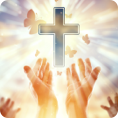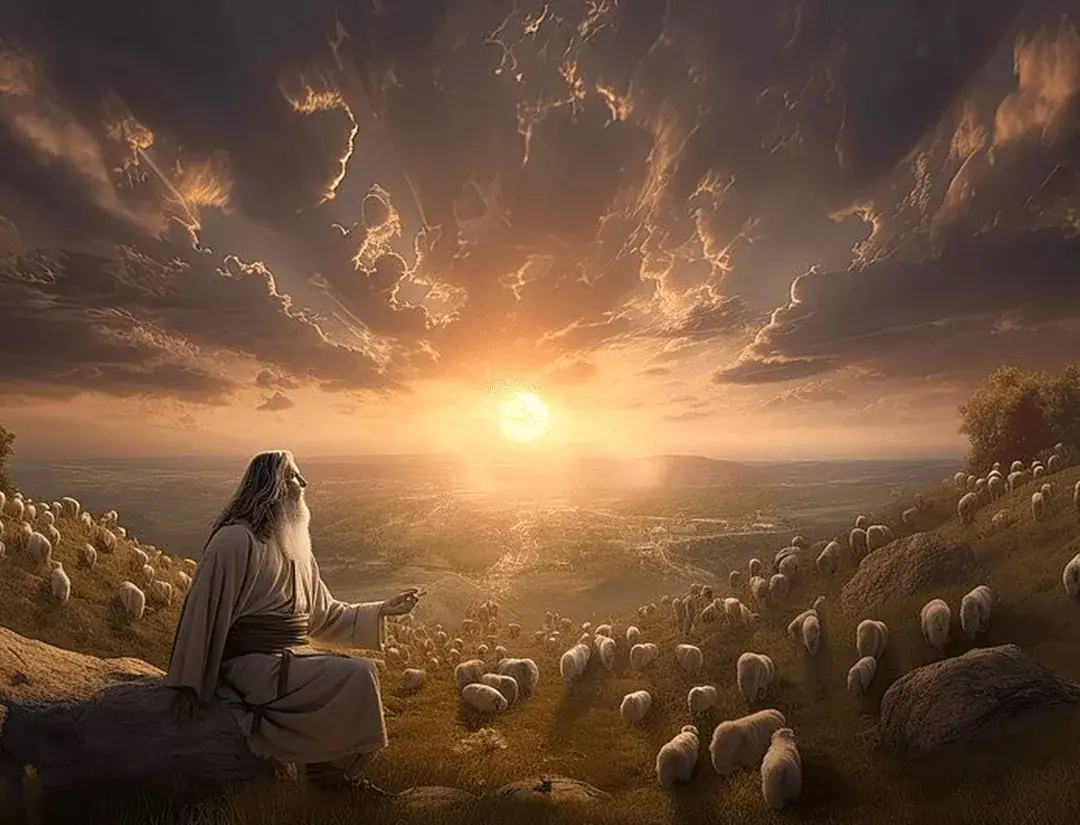Language
 Directory
Directory
Part 4
Easter Symbols

Easter symbols are a collection of objects and elements that hold special significance during the Easter season.
Lilies: Lilies are often associated with Easter due to their symbolism of purity, innocence, and new beginnings. These elegant flowers are frequently used in Easter decorations and symbolize the resurrection and eternal life.
Palm Branches: Palm branches are linked to Palm Sunday, which commemorates Jesus' triumphal entry into Jerusalem. They are a symbol of victory, peace, and the arrival of the Messiah.
Easter Eggs: Eggs have been used as symbols of new life and resurrection for centuries. Eggs are often decorated and exchanged during Easter. The colorful designs represent the joys and beauty of Easter and the breaking of the shell symbolizes the resurrection of Jesus.
Easter Bunny: The Easter Bunny is a popular symbol of Easter, especially in Western cultures. It is often depicted as a rabbit bringing Easter eggs to children. The bunny represents fertility and new life, while the eggs symbolize rebirth and renewal.
Cross: The cross is the most significant symbol of Christianity, representing the crucifixion and resurrection of Jesus Christ. It embodies the central message of Easter, which is the triumph of life over death and redemption.
Empty Tomb: The empty tomb is a powerful symbol of the resurrection. It represents the miraculous event of Jesus rising from the dead, signifying the hope and promise of eternal life.
Crown of Thorns: The crown of thorns is a painful reminder of Jesus' suffering before his crucifixion. It serves as a symbol of sacrifice, love, and the ultimate triumph over sin and death.
These symbols help convey the deeper meanings and significance of Easter, reminding believers of the central message of hope, redemption, and new life found in the resurrection of Jesus Christ.




 Previous
Previous







